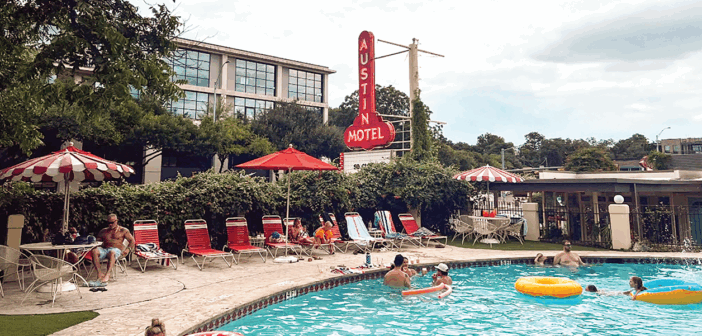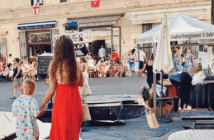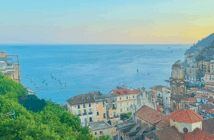Austin is a special place. In general, yes—but especially to me. It was my first landing after leaving Michigan, my introduction to life outside the mitten. And it was spectacular.
Austin, back then, was different. Not just in the way every city shifts over time, but different in its bones. It was a big city with hidden corners that felt like small towns—little villages tucked away. Nothing corporate, nothing polished. Everything local, everything unusual.
Austin lived by its slogan—Keep Austin Weird—and it was. Quirky, kitschy, unexpected. Mom-and-pop shops that had been around for generations sat beside boutiques run by someone with more piercings than toes. Antique stores brimmed with treasures, T-shirts carried silly slogans, and bakeries would fill cupcakes with fresh whipped cream at your request—“whippersnappered,” they called it.
It was also the Live Music Capital of the World. I could wander into shows during Austin City Limits or SXSW without much planning.
Country, folk, rock, alternative, even pop—if it could be strummed or crooned, you could hear it echoing across town on any night. The city was alive with sound.
But, like Flint—my hometown—Austin didn’t have a job for me. Not the kind I needed. After months of working in roles similar to what I was looking for—but with none of the salary or stability—I had to leave.
Houston was calling. I left brokenhearted, not realizing the Austin I loved would soon exist only in memory.
Those memories are still good ones, though. Even now, after the city has been sold off to corporations over the last fifteen years, I can’t help but feel fond of it—especially one neighborhood: South Congress.
Once the heart of Austin’s weirdness, it has since been polished into something more ordinary. The street now brims with chain restaurants, sleek motels, and rental bungalows managed by the trendiest hotel groups. Still, when my husband and I planned a birthday trip—our birthdays fall just three days apart—South Congress had enough sparkle left to draw us back.
We booked a stay at the Austin Motel, a landmark I’ve always loved.
Built in the 1930s, with a very obvious 1960s addition, it was once owned by the same family for decades. Back then, it felt like stepping into your grandmother’s mismatched, eccentric house. The linens never matched, the wallpaper was garish, and every room had its quirks. Affordable, historic, unpretentious.
After the family matriarch passed, though, her children sold to a developer. Now it’s had its glow-up: bold colors, pop-art vibes, curated for social media feeds. It has lost some of its soul—but it still has it, that intangible cool factor. A little lipstick on a pig, but charming all the same.
The pool, though, is untouched magic. A dream from another era, it looks like a set piece from a 1960s Elvis film. Kidney-shaped, framed by a tiki bar, lined with strappy red-and-white loungers—it’s the kind of place where time folds in on itself.
The rest of Austin could wait; we were here for the pool. And what a pool day it was.
For us, this was the true destination. The rest of Austin could wait; we were here for the pool.
And what a pool day it was.
We arrived at opening and lingered until late afternoon, floating lazily in inner tubes. Margaritas in hand, rimmed generously with tajín. Tacos from nearby trucks—warm, messy, and perfect. The Texas sun stretched over us, golden and steady. For hours, we had no need to do anything but bask in it.
It was the perfect birthday weekend. Austin has changed—less weird, more polished, a little less itself. But in the right places, in the right moments, the heart of the city still beats the same.
A pool day is still a pool day—timeless and uncomplicated.
Austin may not be so weird anymore, but I still love it—especially those rare corners where the past lingers, where memory and history converge, and where it feels, even now, like home.















